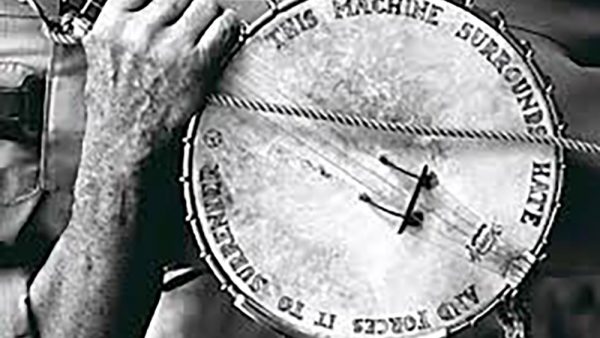Ideally, a student who is getting his mathematics, his paleontology, his microbiology and all the other ‘ologies’ can come under the influence of a kindly professor in some area of the liberal arts who can motivate that student to make a larger contribution to society. –William E. Morgan, from Visionary Leadership: The Memoirs of William E. Morgan
The 1950s were a time of growth and change. President Morgan foresaw a continuing demand for higher education and was committed to the land grant mission. He believed that investments in educating students would reap benefits not only for them but for the world they would serve. He planned for the future, undertaking massive construction of student housing, collaborating with other state college presidents to lobby the Colorado legislature and citizens for funding, and supporting research and teaching.
As buildings went up across campus, so too was the stature of the institution itself raised: On May 1, 1957, Colorado A & M became Colorado State University. Beyond this name change, graduate degree offerings increased. Colorado State University News reported in July 1957 that, at the most recent commencement ceremony, in addition to 597 bachelor’s degrees, 40 master’s degrees were conferred as well as the first two doctorates.
The English department was in the vanguard of graduate education, when the Board of Agriculture authorized it to offer the first Master of Arts degrees at the institution in 1956.
Situated in the burgeoning Sciences and Arts division, English enjoyed many accomplishments in this era, as reported by the CSU News. The Sciences and Arts division was responsible for 40% of all majors and taught 70% of undergraduate credit hours. In 1958, the English department had 104 majors, a 48.5% gain from the previous year.
English faculty continued to earn tenure and promotions throughout the decade in addition to other accolades. Professor Willard Eddy, for example, was the 1957 commencement speaker, having been voted “Top Prof” by CSU students.

CSU News also reports the department’s curricular innovation. In 1958, English began offering a new course to meet the needs of a growing population of international students. “Treating English as a foreign language from the viewpoint of the foreign [sic] students, the course will help them improve their understanding and use of typically American English.”
Gordon “Hap” Hazard relates the department’s connection to language arts beyond the classroom.
On October 23, 1956 “Singing Sam Jackson”, Wyoming traveler and folk singer, presented a program of ballads in the Large Ballroom of the Student Union. The newly formed “Ballad Club” along with the Student Union Board sponsored the musical show. “Singing Sam” Agins (1919-1996) was a “cowboy poet” who played for audiences all around the Rocky Mountain region and featured authentic early and more modern western music. Department of English Instructor Glen Matott and student Marty Hoffman were the contact people for the new “Ballad Club”. Weekly radio shows featuring ballads and folk music were being trying to be scheduled.
In 1958, the Ballad Club brought renowned folk singer and activist Pete Seeger to Fort Collins. Notably, the Ballad Club’s Marty Hoffman wrote lyrics for Seeger as well as Judy Collins.